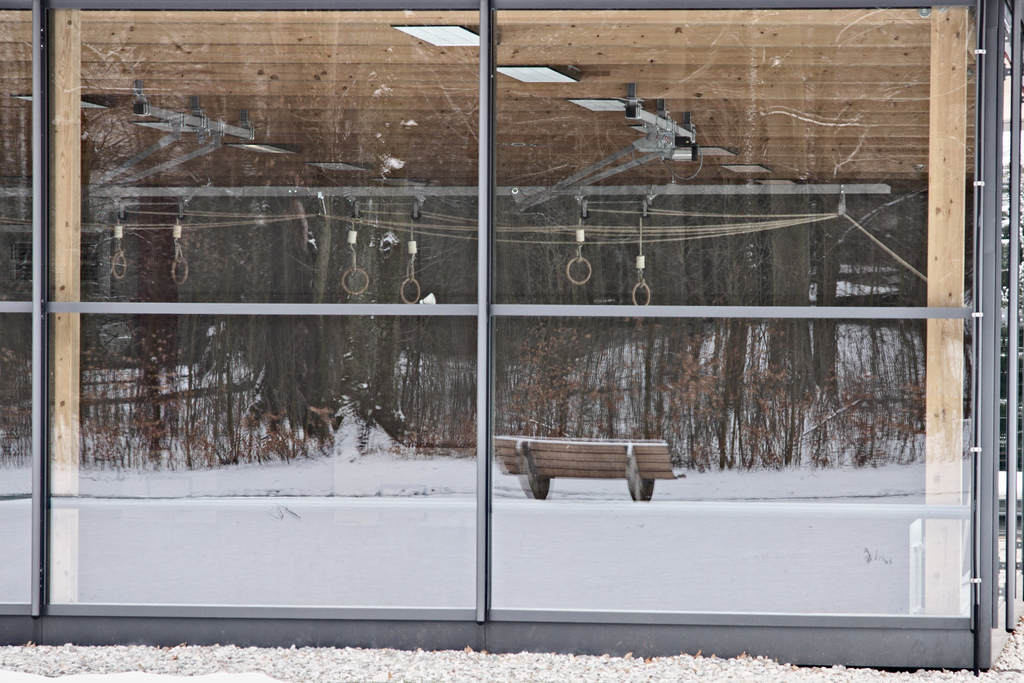it seems that i start to enjoy turning down saturation more and more. the weather was grey, daytime was busy, no fresh shots but still some old ones deserving to be evaluated and worked upon. in my eyes it’s not a disadvantage of shooting raw that i have to re-judge my images again when deciding which one to convert and edit, it’s a bit like old-fashioned black and white darkroom work: it made and makes no sense to mechanically convert/develop because the results were and are average at best.
 additionally to toning down saturation i found that adding a bit of vignetting is good for some images. even if it’s only a small, barely visible amount, it seems to center the view quite a bit. it is a bit a contradiction to my own infuriation about the vignetting my standard lens adds now and then, but the latter is beyond my control and not predictable for me, and probably that is what annoys me so much.
additionally to toning down saturation i found that adding a bit of vignetting is good for some images. even if it’s only a small, barely visible amount, it seems to center the view quite a bit. it is a bit a contradiction to my own infuriation about the vignetting my standard lens adds now and then, but the latter is beyond my control and not predictable for me, and probably that is what annoys me so much.


“…no fresh shots but still some old ones deserving to be evaluated and worked upon. in my eyes it’s not a disadvantage of shooting raw that i have to re-judge my images again…”
For me it’s an advantage of RAW. As we progress and our eye for composition and composure matures we have second, third or fourth looks at those images we judged perhaps too harshly at first. I review older shots regularly.
Who wouldn’t like a second chance? 🙂
Markus, may I just suggest that before going for the saturation slider, you give very close attention to the white balance. WB is the foundation of RAW processing. Get it really right, and it’s amazing how little else needs to be done.
And I’m in total agreement with Earl: archive all of the captures to DVD. We’ll get to move them to more compact and durable media soon. I know from experience that as I approach the age of sixty I agree with most, but importantly not all, of the editing decisions I made forty years ago. The negatives are still there and I can still print or scan the ones I mistakenly passed over in 1969. Don’t cut off the chance for the wisdom of age to correct the errors of youth.
Since memory cards and (external) harddrives became quite cheap in the last years, the possibilities of RAW data compared to compressed formats overbalance the storage issue. And since I would (or would have to) also postprocess my JPGs, it makes no difference for me. Since a photoblog wants to filled with new content regularly, I like the idea of collecting pictures for developing them in harder times with less light or opportunities to go shooting, just like a squirrel. 🙂
Earl, Carl, Johannes: it seems that here we all are diehard raw fans!
For me the number one reason for raw is the degrees of freedom I have with it after exposure – I guess the best jpg files would go nuts after burning/dodging/contrast enhancing/relighting/sharpening and so on. It only becomes a burden when shooting 500 raws at a wedding… But the results definitely were worth the work.
Backing up is a tedious task, but in the meantime I do it at two different locations – the best backup is worthless when it’s stolen/destroyed along with the gear. Using linux should prevent virus induced damages, so I cross my fingers and hope that the precautions are sufficient to be on the safe side.
Re. white balance: This is a critical point, and even with a calibrated monitor I sometimes miss the desired tone. The different camera tonal curves applied by f.e. bibble and lightzone were and are sometimes hindrances when trying to work towards a more neutral tone. And of course environment light adds its influence. Finding a robust tone that is agreeable in a variety of lighting situations is a difficult task. And then would come the printing…
Markus, re. White Balance: it’s both science and art. I did a three-part series over at TOP on practical application of WB. It can be searched out easily enough if you didn’t see it. The technical issues discussed are in the “language” of Mac/Photoshop, but the *concepts* can be applied to any workflow. The most important thing is that there are simple tools (test targets) that let you find out what the theoretical neutral balance of a given lighting situation would be. From there, you move to finding the emotionally correct color for what you saw in the scene. When the camera’s auto WB is obviously off, stabbing in the dark for corrections to see what is wrong can become a whirlpool. With a shot of a test target to establish neutral, you’ve got an anchor from which to base creative choices.
Markus, some thoughts about backups: Storing up digital pictures safely is still a thing which scares me pretty much. Especially when looking at RAW files.. There are so many ‘standards’, who can guarantee that one is able to read out those files in 10 or 20 years or even longer? So IMHO that’s the main problem. The other problem is the reliability of hard drives, DVDs and so on.. So I am using a nice RAID with four harddrives in my system, pictures are backed up automatically to another external RAID. Additionally, I’m loading up important RAWs to mozy.com, a very recommendable online backup service. You cannot be too overcautious in this case, I think.